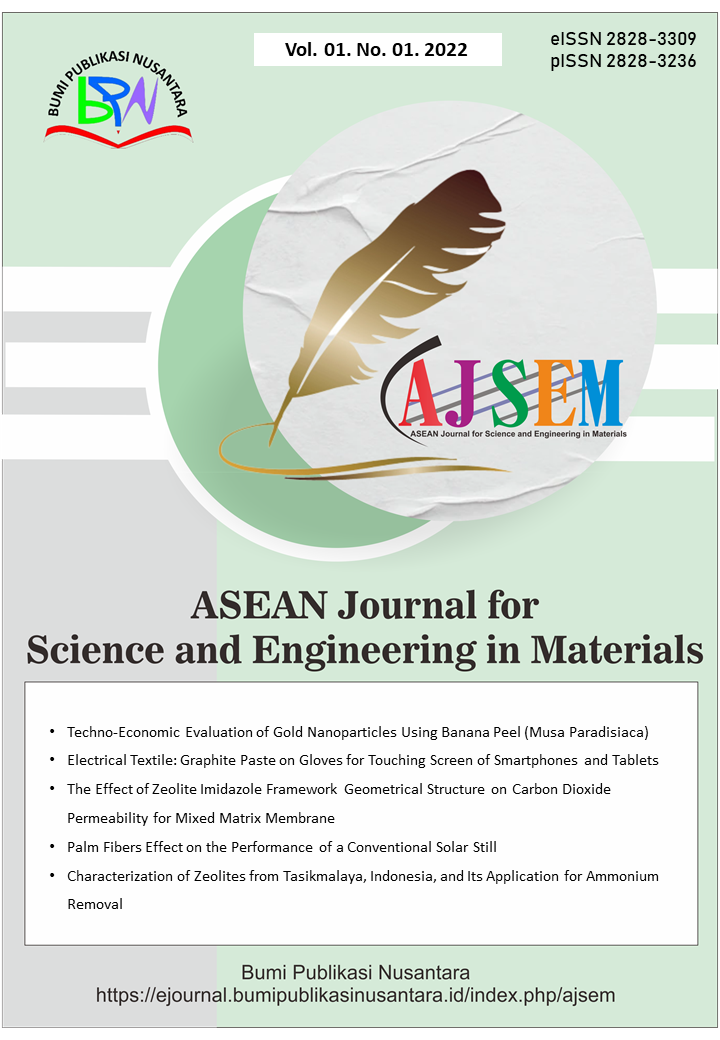Biosorption/Precipitation of Heavy Metals by Partially Degraded Keratin/Soluble Peptides/Amino Acids By-Products of Degradation of Human Hair by Keratinase Isolated from Alcaligenes Faecalis Strain AIR10
 ),
),
(1) Enugu State University of Science and Technology
 Corresponding Author
Corresponding Author
Abstract
Keywords
References
Anand, C., Mehta, M., and Shah, G. (1992). Degradation of keratin waste products by Kocuria rosea. Microbiology, 58, 3271-3275.
Anfinsen, C. B. (1973) Principles that govern the folding of protein chains. Science, 181, 223-230.
Brandelli, A., and Riffel, A. (2005). Production of an extracellular keratinase from Chryseobacterium sp. growing on raw feathers. Electronic Journal of Biotechnology, 8(1), 35-42.
De Toni, C., Richter, M., Chagas, J., Henriques, J. A., and Termignoni, C. (2002). Purification and characterization of an alkaline serine endopeptidase from a feather-degrading Xanthomonas maltophilia strain. Canadian Journal of Microbiology, 48(4), 342-348.
Dhiva, S., Ranjith, K., Prajisya, P., Sona, K., Narendrakumar, G., Prakash, P., Emilin Renitta, R., and Samrot, A. V. (2020). Optimization of keratinase production using Pseudomonas aeruginosa Su-1 having feather as substrate. Biointerface Research in Applied Chemistry, 10, 6540-6549.
Dill, K.A. (1990) Dominant forces in protein folding. Biochemistry, 29, 7133-7155.
Genchi, G., Sinicropi, M. S., Lauria, G., Carocci, A., and Catalano, A. (2020). The effects of cadmium toxicity. International Journal of Environmental Research and Public Health, 17(11), 3782.
Jankiewicz, U., and Frąk, M. (2017). Identification and properties of a keratinase from Stenotrophomonas maltophilia N4 with potential application in biotechnology. Ecological Questions, 28, 15-24.
Kani, T., Subha, K., Madhanraj, P., Senthilkumar, G., and Panneerselvam, A. (2012). Degradation of chicken feathers by Leuconostoc sp. and Pseudomonas microphilus. European Journal of Experimental Biology, 2(2), 358-362.
Klink, T. A., Woycechowsky, J. K., Kimberly, M. T., and Raines, T. R. (2000). Contribution of disulfide bonds to the conformational stability and catalytic activity of ribonuclease A. European Journal of Biochemistry, 267, 566-572.
Lee, E. (2017). Emerging roles of protein disulfide isomerase in cancer. BMB reports, 50(8), 401.
Mazotto, A., Lage Cedrola, S., Lins, U., Rosado, A., Silva, K., Chaves, J., Rabinovitch, L., Zingali, R., and Vermelho, A. (2010). Keratinolytic activity of Bacillus subtilis AMR using human hair. Letters in Applied Microbiology, 50(1), 89-96.
Mendonça, F. G., Silva, T. G., Nascimento, G. M. d., Stumpf, H. O., Mambrini, R. V., and Pim, W. D. d. (2019). Human hair as adsorbent of palladium (II) in solution: a precursor of well-dispersed size-controlled Pd nanoparticles. Journal of the Brazilian Chemical Society, 30, 736-743.
Nnolim, N. E., Mpaka, L., Okoh, A. I., and Nwodo, U. U. (2020). Biochemical and molecular characterization of a thermostable alkaline metallo-keratinase from Bacillus sp. Nnolim-K1. Microorganisms, 8(9), 1304.
Obinna, E. M. (2022). Physicochemical properties of human hair using Fourier transform infra-red (FTIR) and scanning electron microscope (SEM). ASEAN Journal of Science and Engineering in Materials, 1(2), 71-74.
Park, G.-T., and Son, H.-J. (2009). Keratinolytic activity of Bacillus megaterium F7-1, a feather-degrading mesophilic bacterium. Microbiological research, 164(4), 478-485.
Putnam, F. W., and Neurath, H. (1944). The Precipitation of Proteins by Synthetic Detergents1a. Journal of the American Chemical Society, 66(5), 692-697.
Sharaf, E. F., and Khalil, N. M. (2011). Keratinolytic activity of purified alkaline keratinase produced by Scopulariopsis brevicaulis (Sacc.) and its amino acids profile. Saudi Journal of Biological Sciences, 18(2), 117-121.
Sharma, R., and Rajak, R. C. (2003). Keratinophilic fungi: Nature’s keratin degrading machines! Resonance, 8(9), 28-40.
Singh, S., Shrivastava, A. R., Gupta, A., Singh, A. K., Gopalan, N., and Chaudhary, H. S. (2012). Keratinloytic Actinomycetes isolated from poultry waste. Journal of Chemical and Pharmaceutical Research, 4(9), 4107-4111.
Tridico, S. R., Koch, S., Michaud, A., Thomson, G., Kirkbride, K. P., and Bunce, M. (2014). Interpreting biological degradative processes acting on mammalian hair in the living and the dead: which ones are taphonomic? Proceedings of the Royal Society B: Biological Sciences, 281(1796), 20141755.
Wiedemann, C., Kumar, A., Lang, A., and Ohlenschläger, O. (2020). Cysteines and disulfide bonds as structure-forming units: insights from different domains of life and the potential for characterization by NMR. Frontiers in Chemistry, 8, 280.
Article Metrics
Abstract View : 1341 times
: 1341 times Download : 887 times
Download : 887 times
Refbacks
- There are currently no refbacks.
Copyright (c) 2022 Bumi Publikasi Nusantara

This work is licensed under a Creative Commons Attribution-ShareAlike 4.0 International License.









